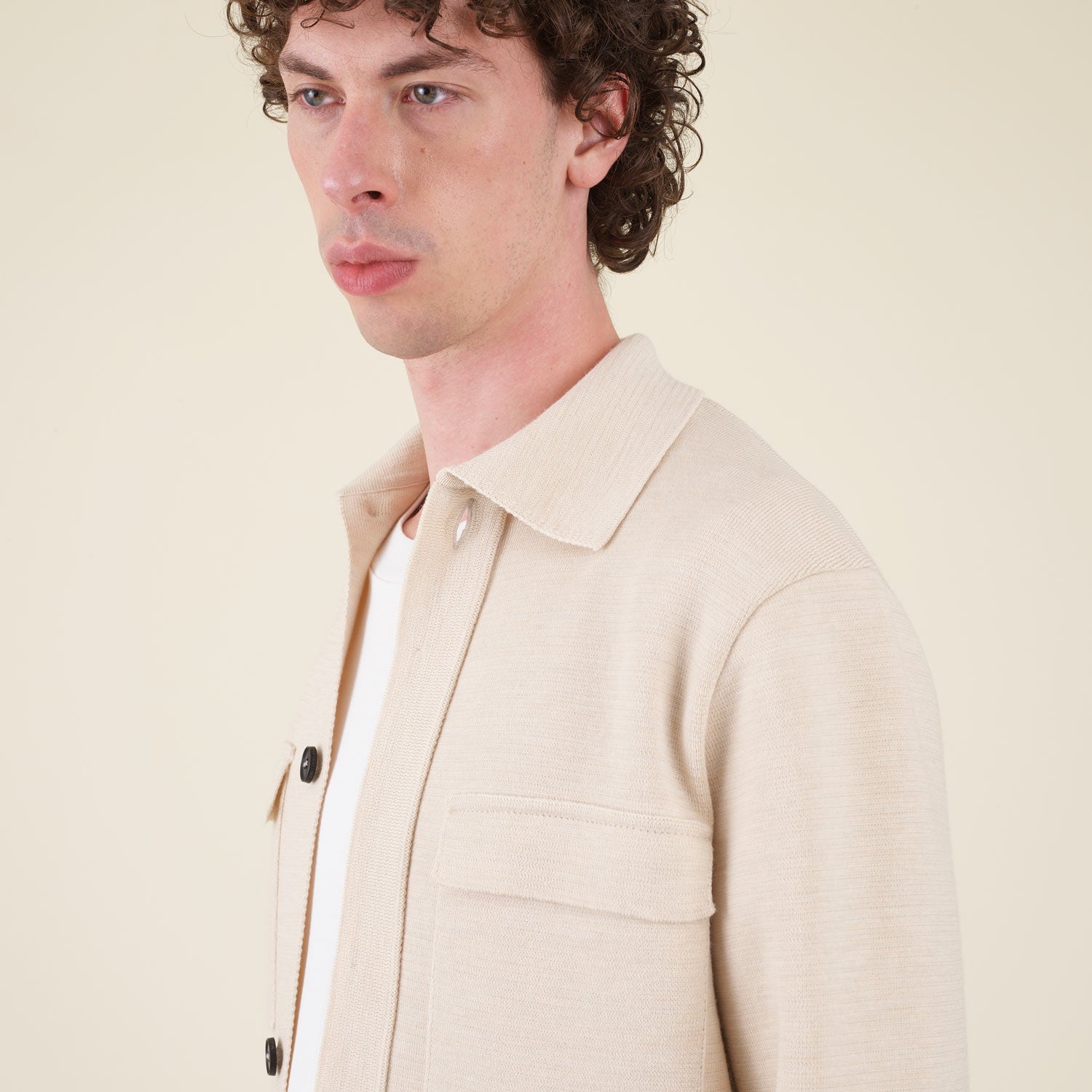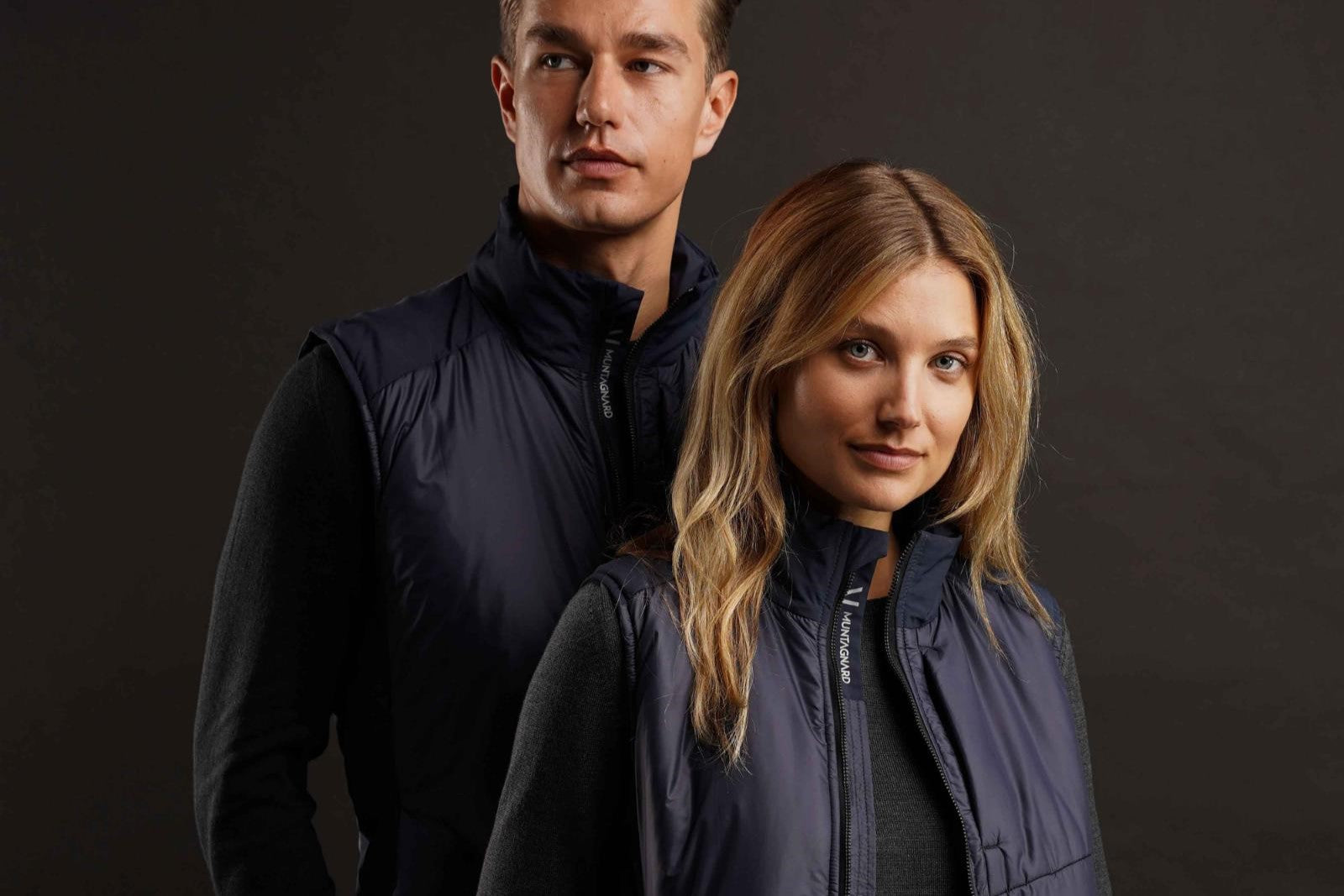
Microfiber abrasion and microplastic pollution
At a time when environmental protection and action against climate change are more important than ever, it is also important to talk about the less obvious sources of pollution. One such problem is the tiny fibers that come off our clothes and increase the pollution caused by tiny microfibers. Although you may not be able to directly notice or see it, your clothing choices can inadvertently worsen the environmental problem. In this blog we will talk about the problem of these tiny fibers and how they contribute to plastic pollution. We will also present three measures that you can implement yourself to reduce this problem.
Microfibers and microplastic pollution
Microfibers are tiny fibers (less than 5 millimeters) that are mostly released during washing, wearing and general use. This basically happens with all types of textile fibers, but the problem is greatest with non-degradable synthetics such as polyester, nylon and acrylic. Microfibers are so small that they easily pass through the filter systems in wastewater treatment plants and ultimately enter rivers, oceans and even the food chain. As synthetic microfibers break down further, they become microplastics, posing a significant threat to aquatic ecosystems and marine life.
One worrying aspect is the fact that microplastic particles can absorb pollutants from their environment. This increases the burden on aquatic ecosystems. The long-term consequences for marine life health and ecological stability are not yet fully understood, but they could be serious.
The problem of microplastic pollution requires urgent action and measures to reduce it are essential. This includes developing more environmentally friendly textile materials to reduce the origin of these particles. The increasing awareness of this problem shows that both consumers and industry need to work together to find sustainable solutions. This is the only way to stop the spread of microplastics and protect our sensitive ecosystems.
What can we do as consumers?
As consumers, there are steps we can take to address this growing problem and reduce our contribution to microfiber abrasion and microplastic pollution:
- Choose natural and sustainable fabrics that biodegrade more quickly: Choose clothing made from natural fibers such as organic cotton, wood-based fibers, wool, etc. as well as new functional fibers that are proven to degrade more quickly. These materials tend to shed fewer microfibers and are more easily biodegradable, meaning they contribute significantly less to additional pollution.
- Use laundry bags with microfiber filters: When washing synthetic clothing, laundry bags with microfiber filters can help, catching microfibers during the washing process. These innovative solutions help prevent the release of microfibers into wastewater. Although they do not capture all microfibers, they can significantly reduce their release.
- Wash with care: Adjust your washing habits to minimize microfiber loss. Use the gentle cycle, lower water temperatures and shorter wash times. Avoid overloading the washer as this can increase friction and fiber release.
Summary
The release of microfibers and the resulting microplastic pollution are pressing environmental issues that require awareness and action from all of us. Choosing sustainable fabrics, using specialized laundry accessories, and adjusting laundry practices are effective ways to mitigate consumer impacts. As a responsible brand, we do everything we can to ensure that, whenever possible, we work with the highest quality materials that are less susceptible to microfiber abrasion and only work with materials that are more quickly biodegradable should microfibers from our products end up in water and the environment.











